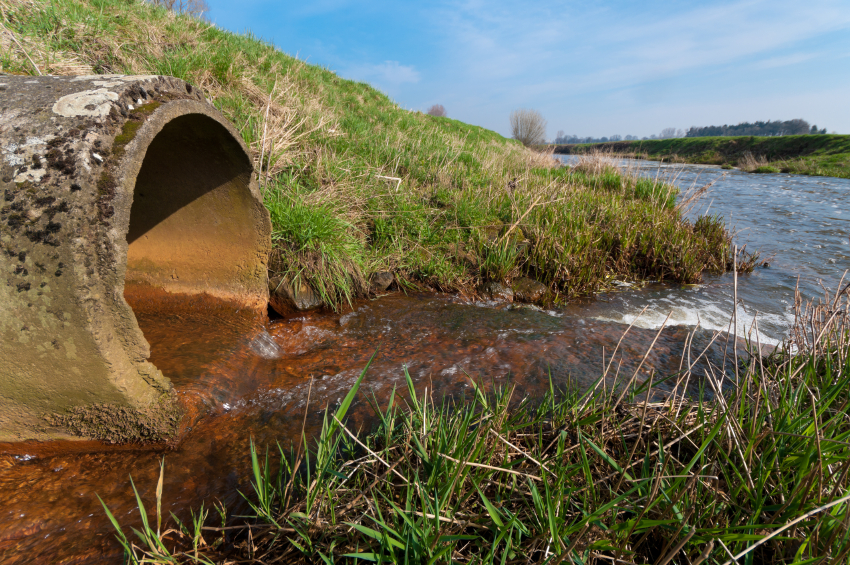 |
Under the conditional no-exposure exclusion (found at 40 CFR 122.26(g)), operators of industrial facilities subject to stormwater regulations have the opportunity to certify to a condition of “no exposure” if their industrial materials and operations are not exposed to stormwater.
Note: This no-exposure exclusion does not apply to construction activities, which are addressed under the construction component of the NPDES Stormwater Program.
The condition of no exposure exists at an industrial facility when all industrial materials and activities are protected by a storm-resistant shelter to prevent exposure to rain, snow, snowmelt, and/or runoff.
Certain industrial materials and activities do not require storm-resistant sheltering in order to qualify for the exclusion. Specifically, a storm-resistant shelter is not required for:
- Drums, barrels, tanks, and similar containers that are tightly sealed, provided those containers are not deteriorated and do not leak. Note: “Sealed” means banded or otherwise secured and without operational taps or valves.
- Adequately maintained vehicles used in material handling.
- Final products, other than products that would be mobilized in stormwater discharge (e.g., rock salt).
Attend the Emerging Industrial Stormwater General Permit Requirements webinar on April 2 to understand new requirements. Learn more.
As long as the condition of no exposure exists at a certified facility, the operator is excluded from NPDES industrial stormwater permit requirements. However, No-exposure Certifications must be submitted to the EPA every 5 years. The no- exposure exclusion is available on a facilitywide basis only, not for individual outfalls.
11 Tips to Help You Qualify for a No-Exposure Exclusion
Use these tips to help ensure that your materials and activities are not currently, or in the foreseeable future, exposed to precipitation.
Note: Following these tips does not automatically mean that you are eligible for the permit exclusion. For example, your applicable federal or state regulatory authority may require a stormwater permit because of a facility’s proximity to a sensitive water body or groundwater supply.
- Use, store, and clean industrial machinery and equipment in areas that are not exposed, and that will remain unexposed, to stormwater.
- Protect materials or residuals on the ground or in stormwater inlets from spills and leaks.
- Check that materials and products from past industrial activity at your facility are not exposed to precipitation.
- Keep material-handling equipment (except adequately maintained vehicles) out of the path of any possible stormwater exposure.
- Ensure that materials or products are not exposed during loading/unloading or transporting activities.
Emerging Industrial Stormwater General Permit Requirements: Practical Strategies for Meeting Increased Compliance Demands
Learn strategies for complying with the evolving manufacturing and industrial stormwater permitting requirements. Register today!
- Do not store materials or products outside (except final products intended for outside, such as new cars, where exposure to stormwater does not result in the discharge of pollutants).
- Do not store materials in open, deteriorated, or leaking storage drums, barrels, tanks, or similar containers.
- Do not handle or store materials or products on roads or railways that you own or maintain.
- Make sure that waste material is not exposed to precipitation. Waste material can be outdoors if it is covered in nonleaking containers such as DumpstersTM.
- Do not apply or dispose of process wastewater unless you are otherwise permitted to do so.
- Regularly inspect and maintain rooftops and/or vents not otherwise regulated (i.e., under an air quality control permit) to ensure that particulate matter or visible deposits of residuals are not present or visibly evident in stormwater outflow.
